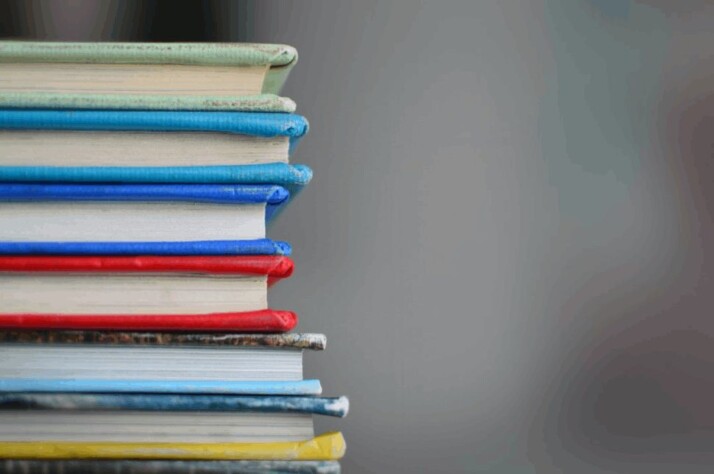There are so many types of plagiarism. It complicates matters when they are known by different names. Consequential plagiarism or mosaic plagiarism is considered to be a particularly insidious type.

What Is Consequential Plagiarism?
Consequential plagiarism has several names. Some people call it “excessive plagiarism”, “over the line plagiarism”, “out of bounds plagiarism”.
It’s stealing other people’s work, but not just any old piece of plagiarism. In this type of plagiarism, someone is stealing someone else’s work and then doing something with it that imitates the original.
Other names for this are patchwork plagiarism and mosaic plagiarism.
What Is Mosaic Plagiarism?
This is also known as incremental, patchwork plagiarism or consequential plagiarism.
Patchwork plagiarizers use synonyms to replace the original text. However, the sentences still have the same structure and meaning.
There are two types of consequential, patchwork or incremental plagiarism. A student can lift material from several sources. Or, they can from a single source. It should be noted that incremental plagiarism usually refers to patchwork elements in speeches.
Patchwork plagiarism is academic dishonesty, regardless of whether it was intentional or not.
How to Avoid Consequential Plagiarism
1. Paraphrase or Rephrase
Paraphrasing is a powerful way to express the originator’s ideas in your own voice. The words must be unique. Don’t take words and substitute with synonyms.
You should rewrite the sentence without compromising its meaning. Paraphrasing can become plagiarism if you do not do it well. Successful work will use different words.
If you are using words or phrases similar to what the original source has, the piece will not be original. Citing someone else’s idea is critical. The thoughts being expressed here are not yours.
2. Provide Citations for Your Sources
When it comes to using the text or an idea that did not originate from you, citing your source is smart. The standards of the paper should be understood. This will help you work with greater accuracy.
Cited sources should include the originator’s full name. The author may also indicate when the materials were published.
3. Use a Plagiarism Checker
This is software that checks for uncited material. You can purchase specialized software like Turnitin. Or, you can use free or open ware found on the Internet.
A plagiarism checker will help you identify elements of your writing or speech that may become problematic if you include them.
To Wrap Up
We want to close by offering the reminder that plagiarism has serious consequences. Use the above advice to avoid this kind.
Explore All Plagiarism Checker Articles
Plagiarism in Journalism: Its Meaning and How to Avoid It
Writing is a wide array of interests that covers different professions and passions. In terms of news writing, journalists should…
The Difference Between Plagiarism and Appropriation in Art
People confuse the difference between plagiarism and appropriation. What they don’t understand is that these two terms differ from one…
6 Ways to Write Plagiarism Free Content — A Bloggers Guide
Generating unique plagiarism free content is one of the most important factors for optimizing your content and achieving higher SERP…
Using Plagiarism Checkers for Research Papers
With the web being so vast and expansive, it’s no wonder more, and more people are turning to it for…
6 Best Free Plagiarism Checker Online
What is the best free plagiarism checker today? You might have a paper or assignment due in the upcoming day,…
How to Copy and Paste Without Plagiarizing
The copy and paste function in your word processor is powerful. It can save your lots of time. But it…
